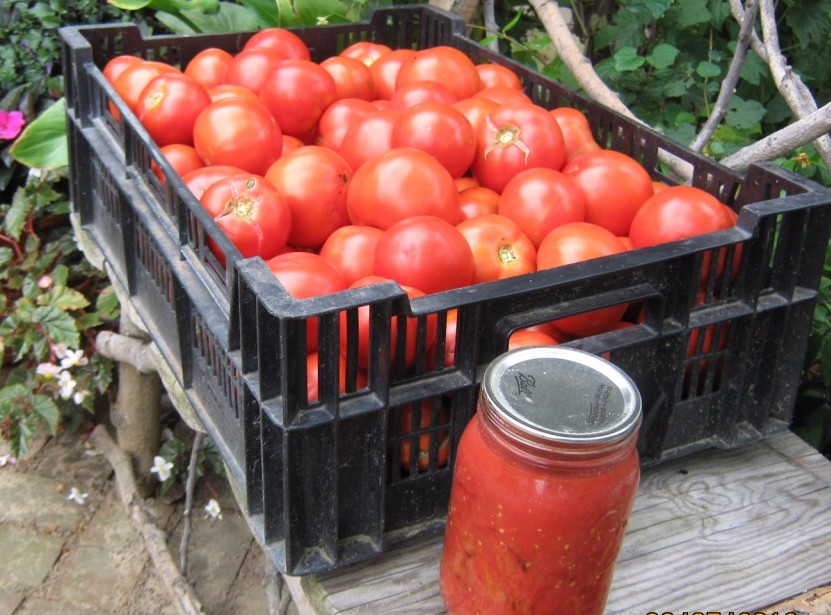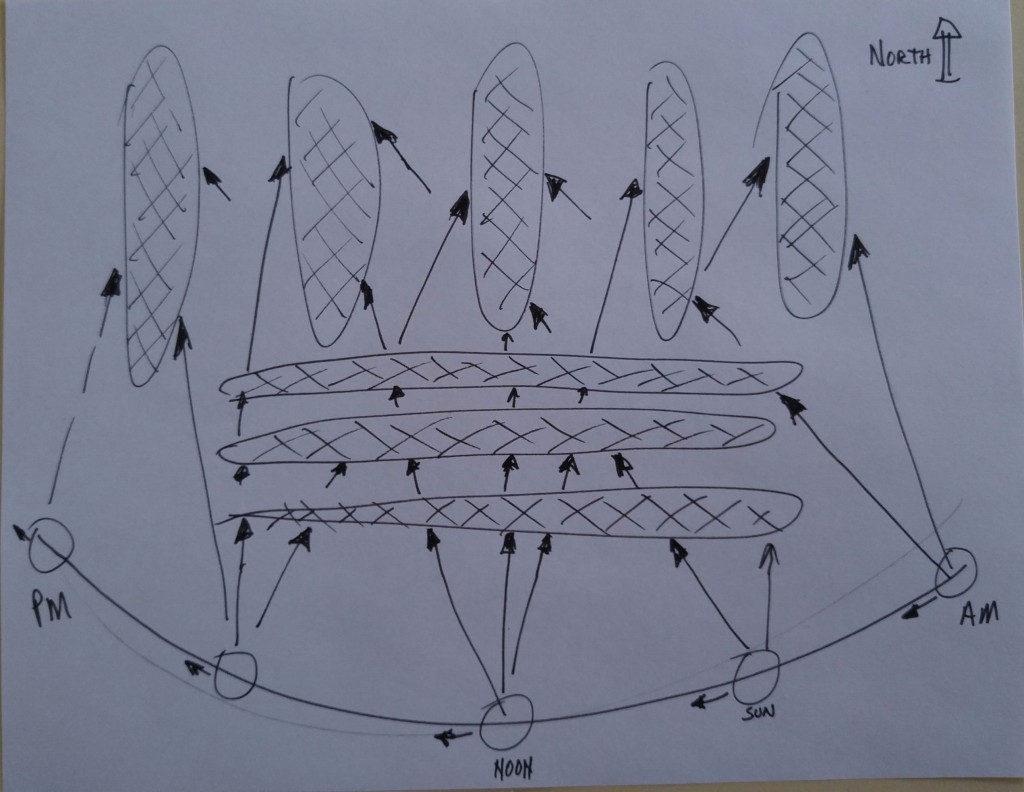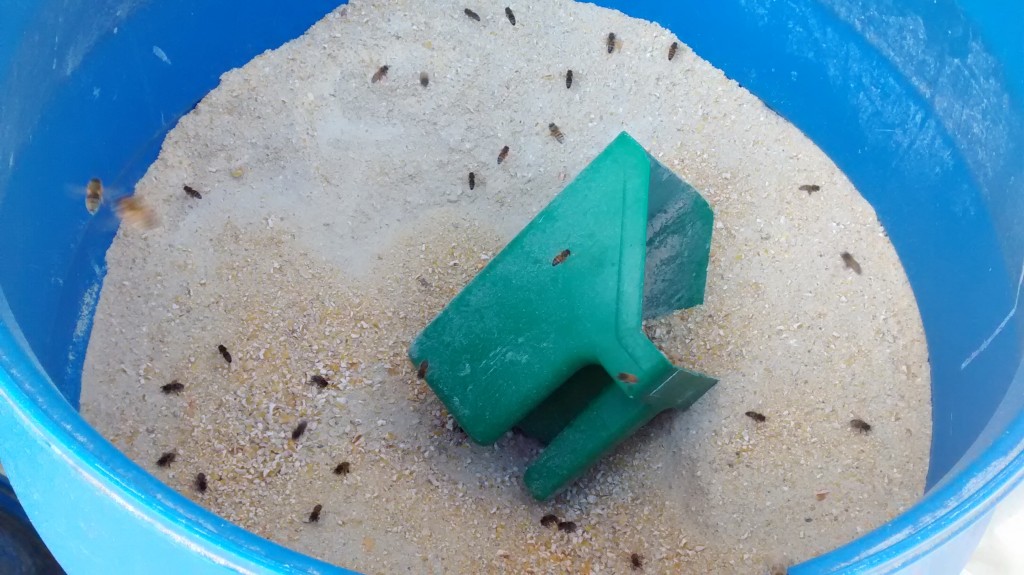Heirloom tomatoes have been all the rage for years now and they are still gaining in popularity — for good reason. Not only do they offer a wide variety of taste and texture, they also come in a rainbow of colors.
On the other hand, there are several drawbacks to growing heirloom tomatoes, I’m not going to go into all of them here right now. Their biggest shortcoming in my experience, is the comparatively small yields compared to modern tomato varieties.
Most of the heirlooms are more finicky and demand more time, attention and sometimes more space than the newer varieties. With all of the additional work that you have to put in to growing them, you would hope that would translate to more tomatoes, but it doesn’t. Many gardeners would argue that the extra taste makes up for the lack of tomatoes. It’s a legitimate argument but I’m not sure if I entirely agree with it. Just about any tomato, even the commercial ones, can taste wonderful if left to ripen on the vine and is harvested at its peak.
If you are growing tomatoes to stash away to use later in the winter, you would be much better off choosing a modern variety that will give you a much higher yield and a more consistent, dependable tomato crop. With all of the things that can happen during a growing season to reduce a tomato harvest, I like to give my crop any advantage I can.
It not unusual for me to put up 50 or more quarts during a typical fall harvest, that takes a fair number of tomatoes. Later, during the winter. those whole, canned tomatoes get cooked down even more and with a few garden herbs, get transformed into spaghetti sauce, pizza sauce, ketchup and other yummy things — tomato soup is one of my favorites.
I still grow a few different heirloom varieties for eating fresh during the summer. There are always plenty to give away to family and friends too. Then, if there are any left at the end of the season, I’ll toss them into the canning kettle with the rest.
I’ve learned through the years that if I want enough tomatoes for canning, I need to grow modern, dependable varieties for my main tomato crop.
Bob


